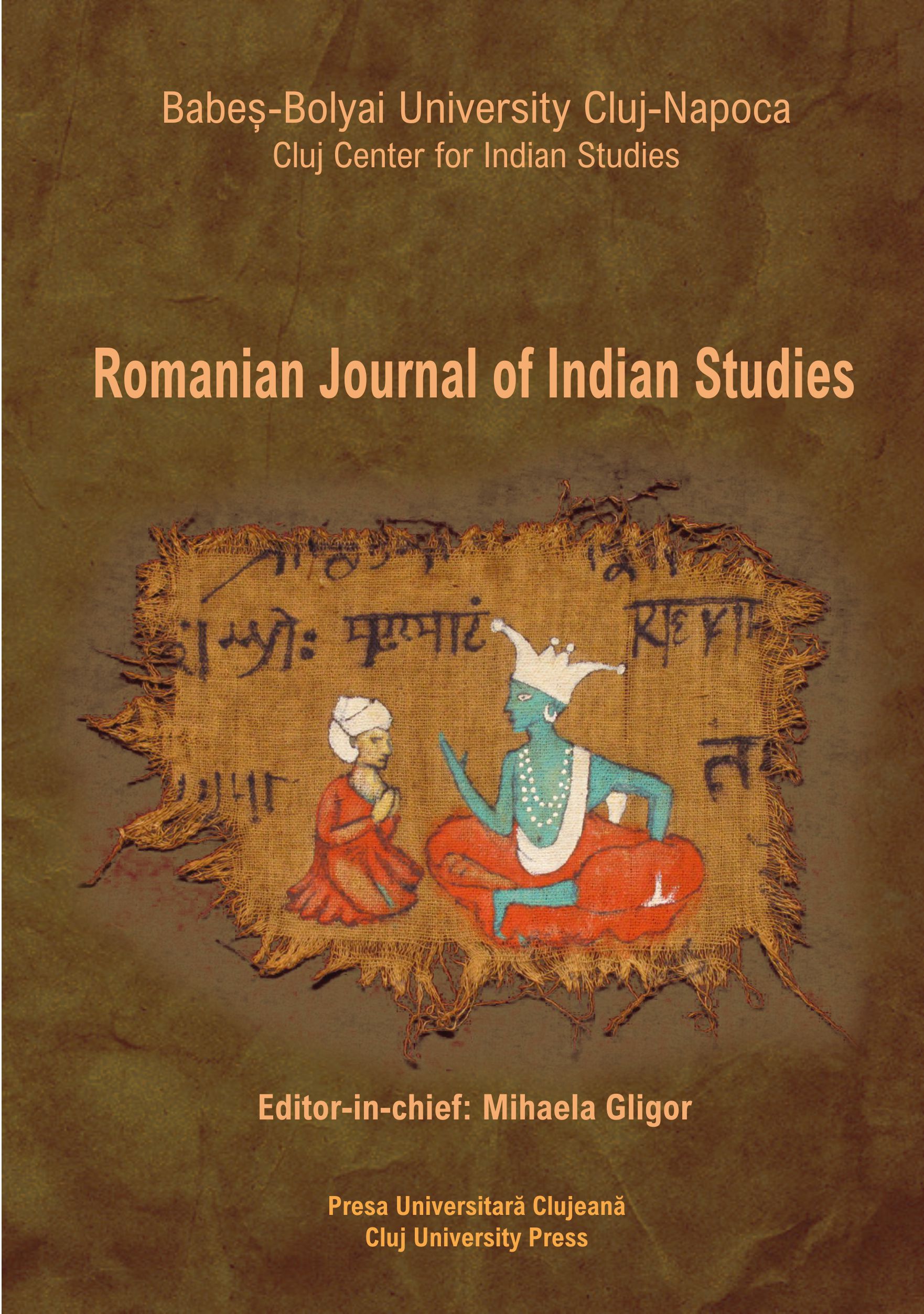The Chariot allegory in the Phaedrus of Plato, the Kaṭha Upaniṣad, and the Milindapañho
The Chariot allegory in the Phaedrus of Plato, the Kaṭha Upaniṣad, and the Milindapañho
Author(s): B.N. HebbarSubject(s): Visual Arts, History of Philosophy, Non-European Philosophy, Special Branches of Philosophy, Comparative Studies of Religion, Ancient Philosphy, Indian Philosophy, Philosophy of Religion, History of Religion, Philosophy of History
Published by: Presa Universitara Clujeana
Keywords: Indo-European; chariot allegory; horse; right; Phaedrus; Kaṭha Upaniṣad; Milindapañho; trifunctional hypothesis; Seleucid dynasty;
Summary/Abstract: This paper links three traditions, i.e., ancient Greek, Hindu and Buddhist, through the renowned chariot allegory. The paper’s main purpose is to show that this is not a coincidence but part of a common cultural heritage, i.e., the Indo-European, where the chariot and the horse were important in more ways than one. In the process of uncovering the common Indo-European legacy, the paper looks into certain shared but latent leitmotifs such as the Dumezilian trifunctional hypothesis, cultural beliefs, moral values, spiritual views and metaphysical ideas. The paper also points out the similarities and differences in the three chariot allegories.
Journal: ROMANIAN JOURNAL OF INDIAN STUDIES
- Issue Year: 1/2020
- Issue No: 1
- Page Range: 55-70
- Page Count: 15
- Language: English

